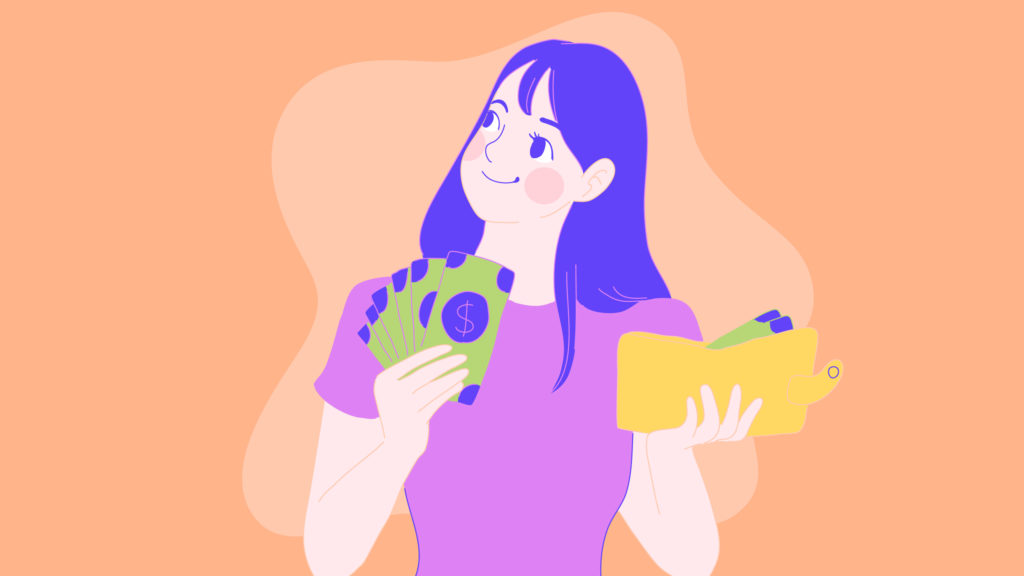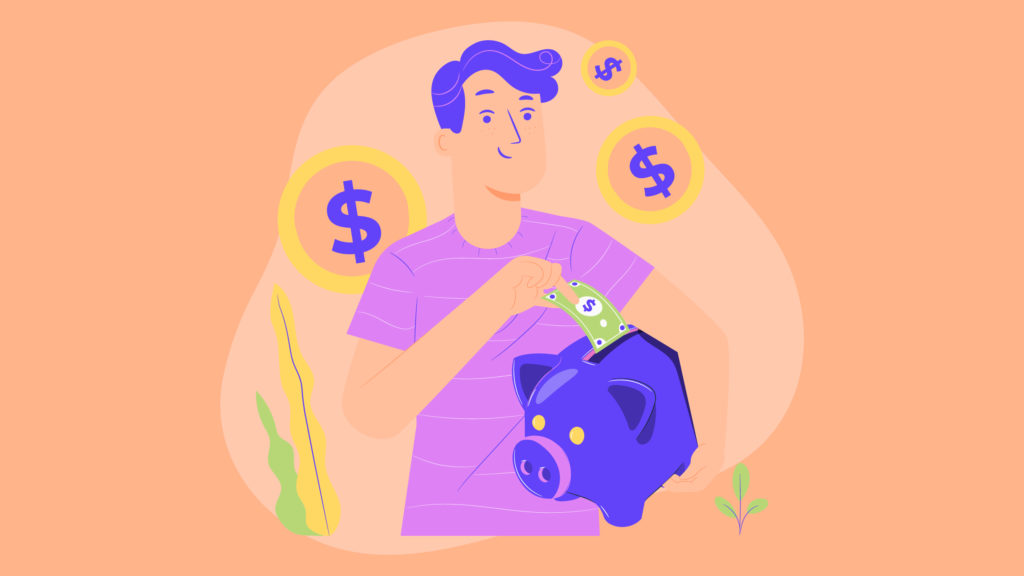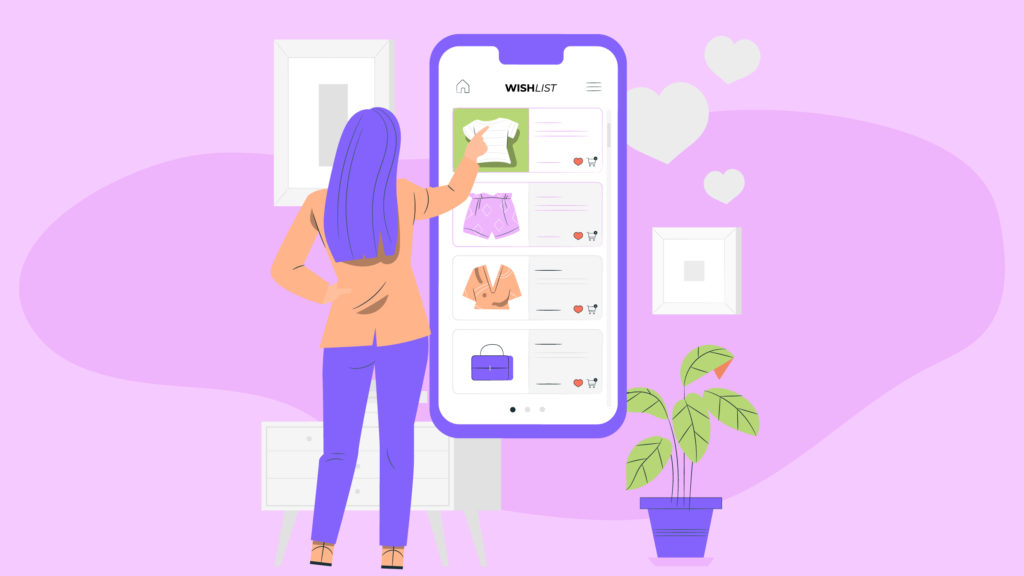Last minute Christmas shopping guide

Last minute Christmas shopping guide Because Christmas is a time of family and giving, that means it’s a time of decisions.
How a no-spend challenge can help your financial goals

How a no-spend challenge can help your financial goals. What if there was a simple way to change our damaging spending patterns?
Our Guide to last minute Christmas shopping

Our Guide to last minute Christmas shopping Because Christmas is a time of family and giving that means it’s a time of decisions.
Review your Spending

Review your Spending Establish which expenses are not necessary. For example, ask yourself ‘if need be, where could I reduce or cut back?’.
Don’t blow your savings

Don’t blow your savings. The endless restrictions and lockdowns Australians experienced during the pandemic did more to us than make us want to socialise and dine out.
What you need to know to be a mindful shopper

What you need to know to be a mindful shopper. The pandemic has placed enormous pressure on the global supply chain, which has led to retailers warning goods will take longer to arrive than they would have before the pandemic.
Why you need to stay mindful with your use of ‘buy now pay later’ services

Buy now pay later. Popular new payment services like Afterpay, Openpay, Zip Pay and soon, Paypal’s ‘Pay in 4’ – collectively known as ‘buy now pay later’ services – perform something of a trick in the minds of consumers. The trick results in people walking out of a store with a television, a carry bag […]
New clinical help on the horizon for shopalcoholics

New clinical help on the horizon for shopalcoholics. We all instinctively know that compulsive, mindless spending can be a problem. We see it in those around us and even in ourselves at times – especially when stress drives the perceived need to ‘escape’ mentally. Whatever is behind compulsive shopping, buying, spending, even shopalcoholism – whatever […]
How to stop spending too much at Christmas

How to stop spending too much at Christmas. Christmas is by far the busiest time of the year for shopping and many of us deal with the pressure and financial stress of the annual retail frenzy with an increasingly popular new behaviour – self-gifting. If you’re not familiar with the concept of self-gifting, you might […]
The real cost of gift-giving: financial stress – part 3

The real cost of gift-giving: financial stress – part 3. In ancient history giving gifts began as part of the ritual of worship and over the centuries it has morphed into a show of appreciation. In the age of mass consumerism gift-giving has become an expensive habit too, especially in holiday season. While most of us […]